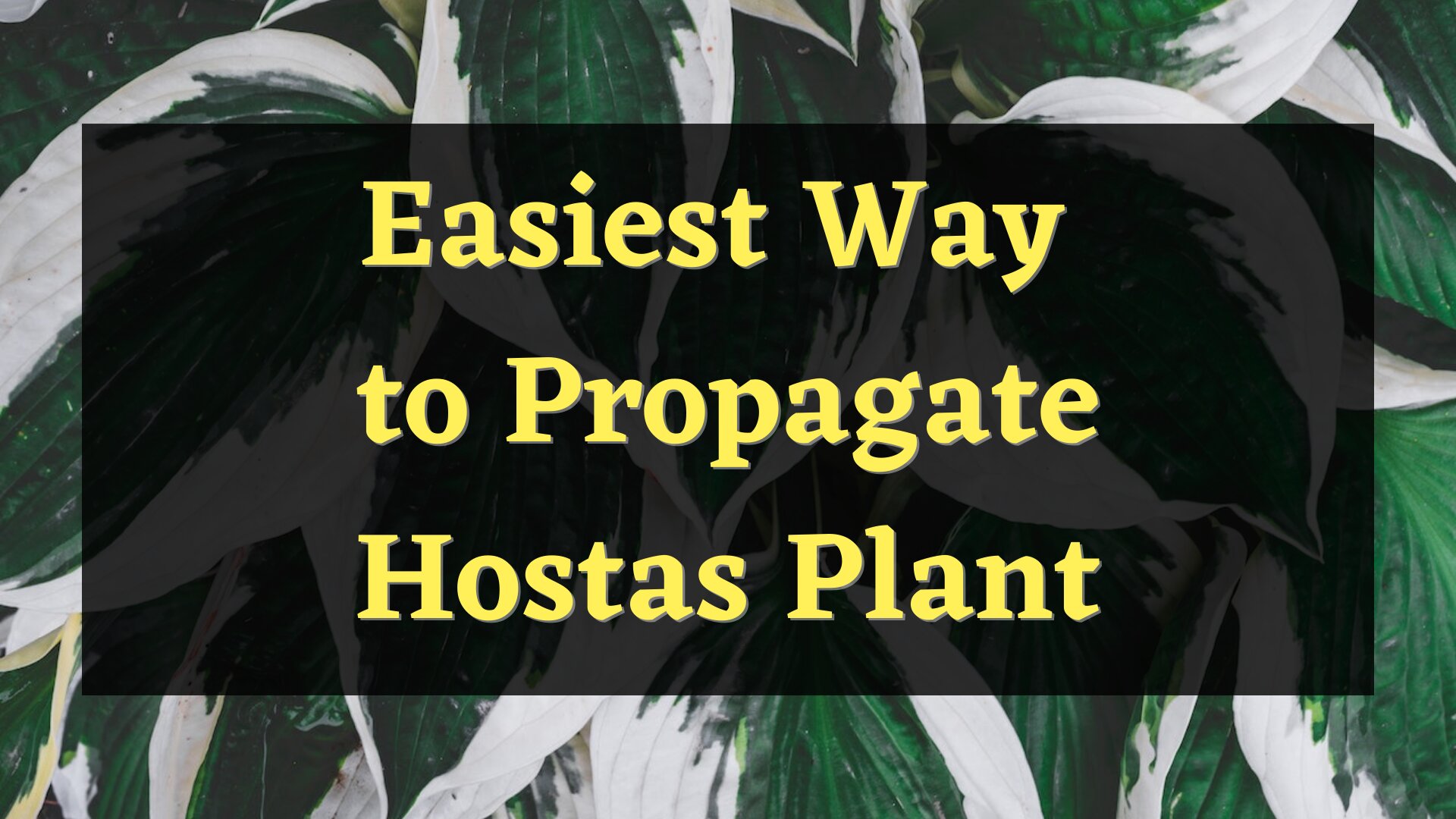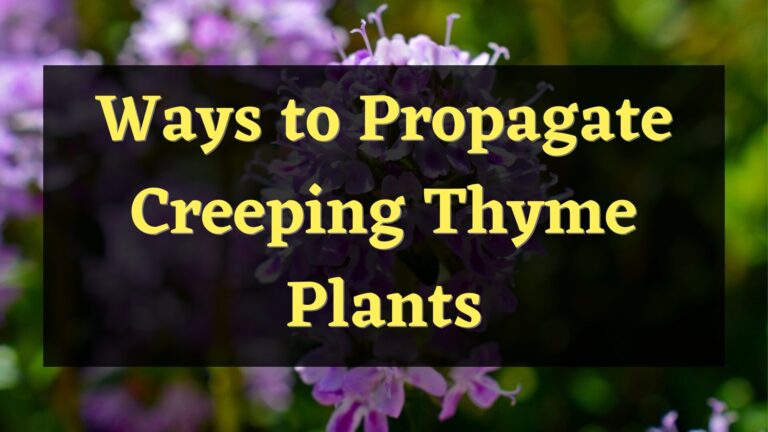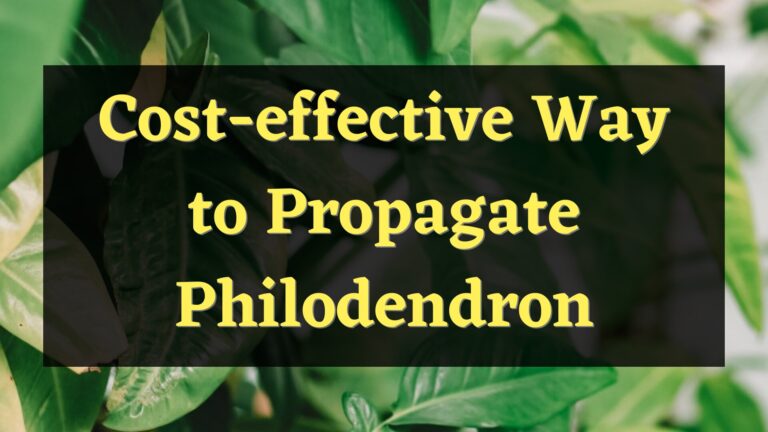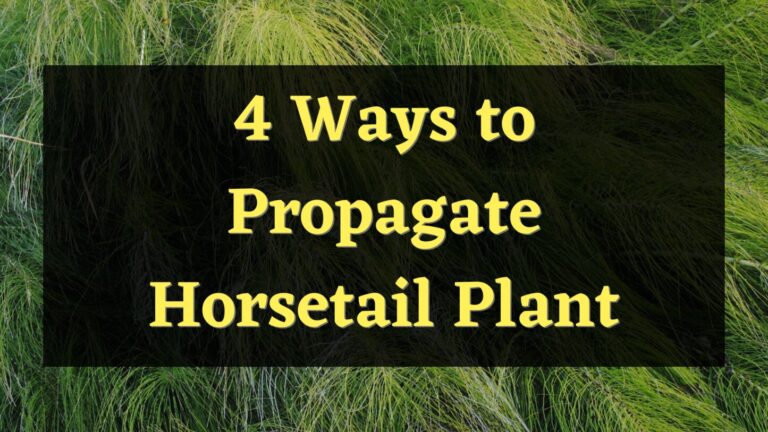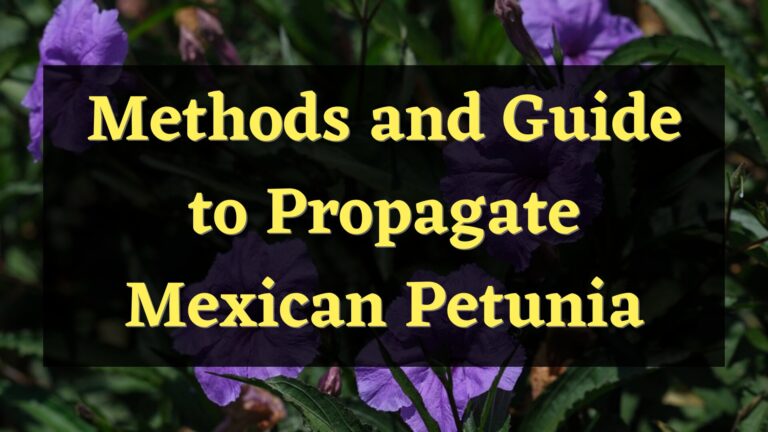There are a few methods on how to propagate a hostas plant. These plants can be propagated by using their seeds and stem cuttings, or you can also decide to divide your adult plant to grow another set of hostas plants. In this post, I will be introducing you to the best method to use to grow a hostas plant, by division. This way of propagating consider the easiest and most cost-friendly way to propagate a hostas plant. I will explain each step in detail so you are able to easily get your way around propagating them.
In addition to introducing you to the division method, I will also provide you with general information about hostas plants.
About Hostas Plant
Hosta is a genus of plants that are commonly known as hostas, plantain lilies, and is oftentimes also called by its Japanese name Giboshi. Hostas are a part of the Asparagaceae, a subfamily of Agavoideae that is native to the northern part of Asia.
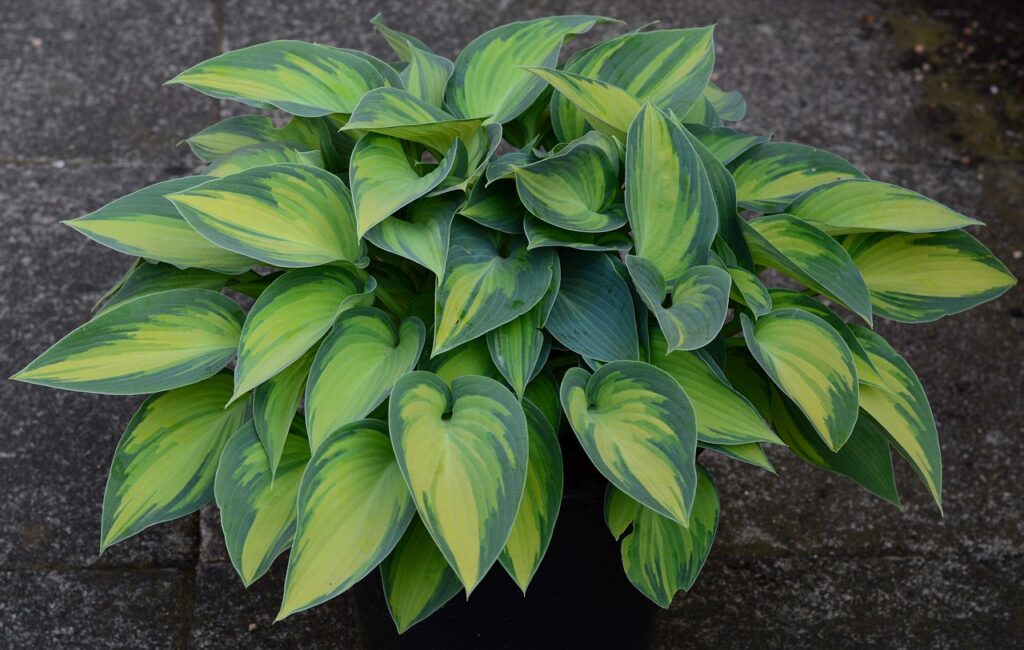
Hostas are famously cultivated by gardeners for their foliage and their attractive and scented flowers. These plants magically appear each spring and spread their foliage to show their beautiful leaves. Hostas are also very convenient to grow, they are basically maintenance-free plants. They have a long lifespan that lasts for at least 25 to 35 years even if left alone.
How can you propagate a Hostas plant?
Most hostas plants are propagating by dividing a mother plant and planting the divisions. This method is probably the easiest and most cost-friendly method for propagating a hostas plant. This is the reason why it is the most used method by gardeners to propagate a hostas plant. Although hostas can propagate through seeds and stem cuttings.

Propagating a Hostas plant by division
- Prepare the tools you need
- First, you will need to find the proper tools that you will use to propagate your hostas plant; a spade, garden fork, or a knife. For the larger variety of hostas plants, you will need to use a shovel that has a sharp edge. Some of them can just be broken apart but you may end up needing to cut your other hostas plants to separate their divisions.
- Preparing the soil
- Before planting a hostas plant’s division, you would need to water the soil where you will plant them a day ahead to make sure that the soil is damp the next day.
- Dig around the clump of an adult hostas plant and lift it from the ground, you can use either the spade or fork. The depth that you need to dig varies depending on the hosta plant that you’re about to dig up. The average depth that you will have to dig will be at least 8 inches to 18 inches.
- Dividing the adult hostas plant
- After prying the whole clump out of the hole, you can start dividing from there. Dividing the whole plant into three different plants is the best way to ensure that each plant can survive. Keep an eye on each separate plant’s roots before dividing. Each one of them must have healthy roots attached to them.
- Experienced gardeners just use a sharp spade to make one clean cut out of the adult hostas plant. While the less experienced ones gently shake away all the dirt and pull each division apart. The latter takes more time and a lot of patience than the former.
- Planting the divisions
- You can opt to add compost and other necessary nutrients to the soil where you’re about to plant your hostas plant divisions. You can also break the main clump and place them close together to get a fuller look.
- Plant these divisions in a shady spot to ensure the highest chance of successful propagation. Hostas plants are not drought-tolerant. For successful propagation, make sure that you receive adequate water and nutrients, and constantly give the roots a breathing space.
- Watering your hostas plant
- The young hostas plant will only require watering at least once a week if they are planted in a place that is shaded. However, during hot weather, you should increase the watering that you give to your hostas plants up to 3 times per week.
- An adult or a large hostas plant will require watering twice a week. During hot weather, the adult plant would ideally want to be given water every day especially if it is planted in an area where it is exposed to full sunlight.
Do Hostas like sun or shade?
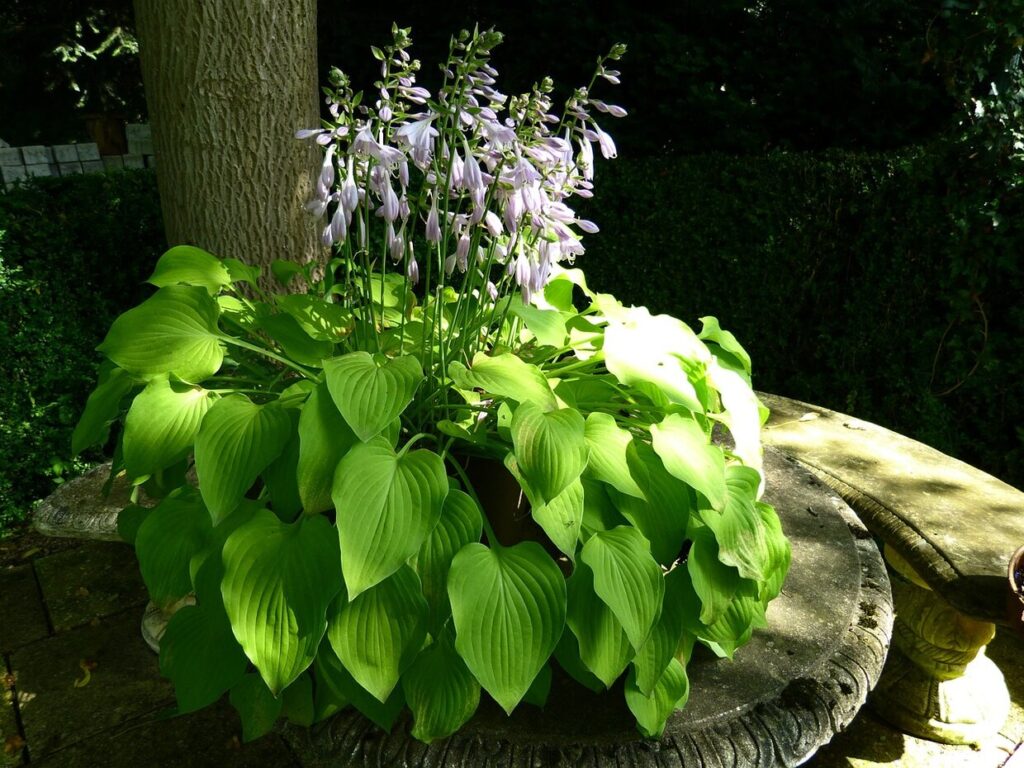
Hostas plants thrive in a location that has partial to full shade. Although most hosta varieties can tolerate early sun, they would prefer a shady setting. They will droop in the hot afternoon sun, so a shady garden will prove to be an ideal environment for them. Hostas are shade-loving plants and like locations where sunlight will be unable to reach them.
What will happen if you don’t divide the plant?
Overcrowded Hostas start to clump, and the center of the clump eventually dies because it lacks the necessary nutrients needed in order to survive. Diving at it would prevent this scenario from happening. It is necessary to divide your plant every three to four years to keep them in its best condition.
Conclusion
Propagating a hostas plant is really easy. Growing hostas is a great way to provide color and variety to your garden. The steps required to successfully propagate one are very simple to follow. Not only that, but they also do not need much to take care of them as they can just grow and propagate on their own. The only thing that you would want to do is keep them from propagating too much as it will choke the plant that is in the center of the clump

Elizabeth Mcmillan is a passionate gardener with a strong interest in plants. She used to be a teacher, but Elizabeth has spent the last few years immersing herself in the world of plants, learning about their biology and cultural value and trying out different ways of growing them in her own garden. Elizabeth Mcmillan loves indoor plants, succulents, and cacti, and her friends and family know her as a plant care expert.

